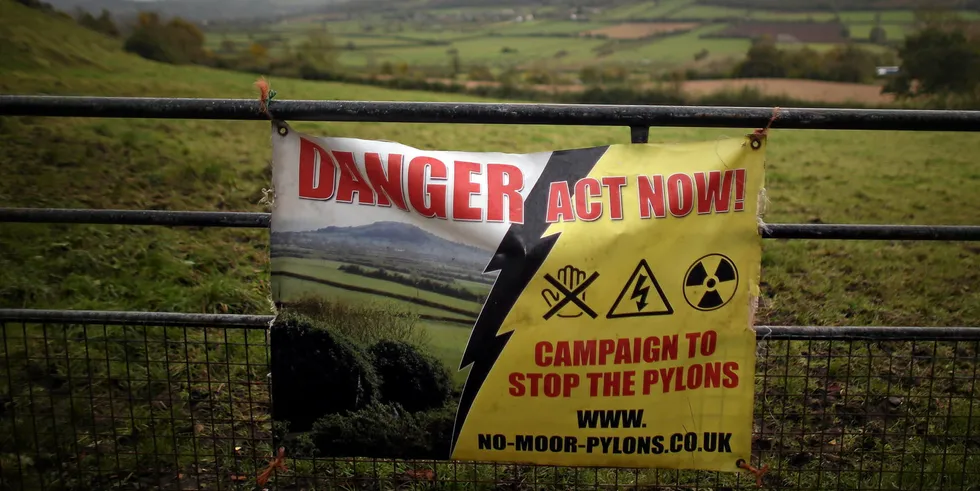UK needs smart thinking to end 'nimbyism' and get back on net zero track: DNV
Industry experts say community engagement crucial as first Energy Transition Outlook warns Britain off course for key climate goals

Industry experts say community engagement crucial as first Energy Transition Outlook warns Britain off course for key climate goals
